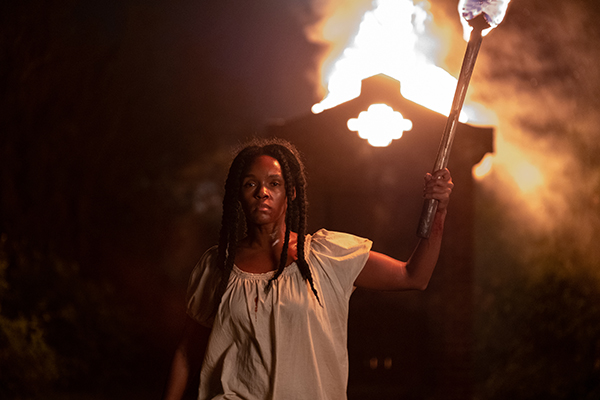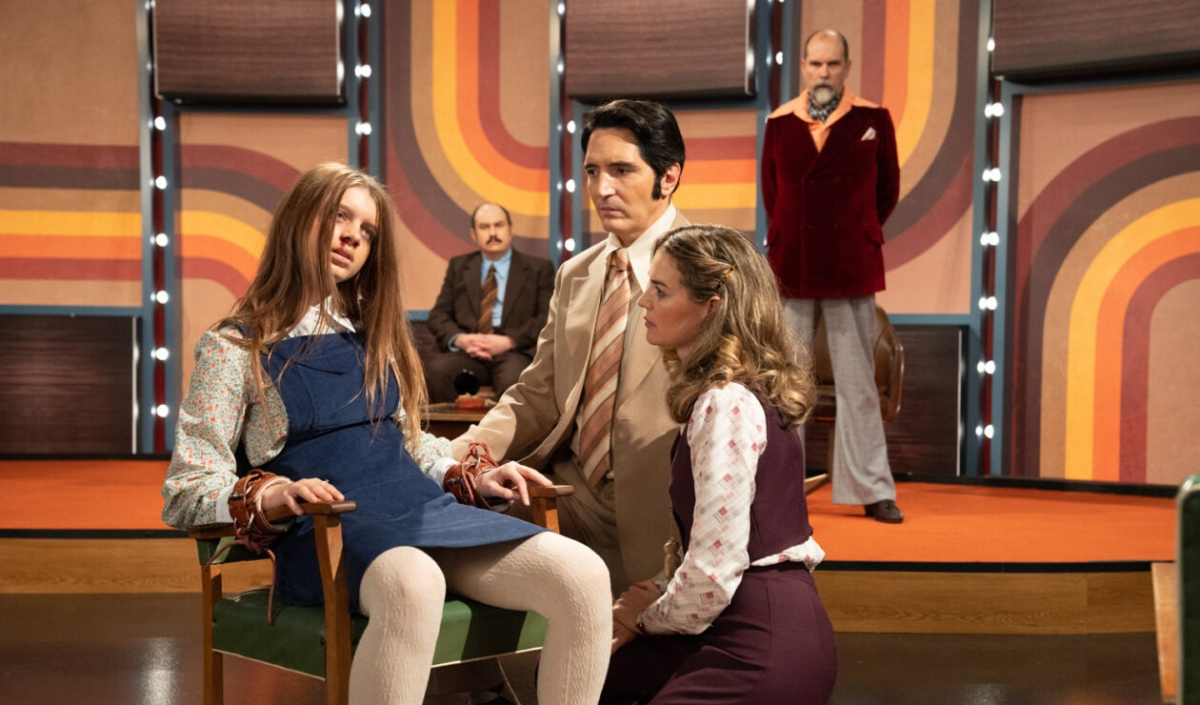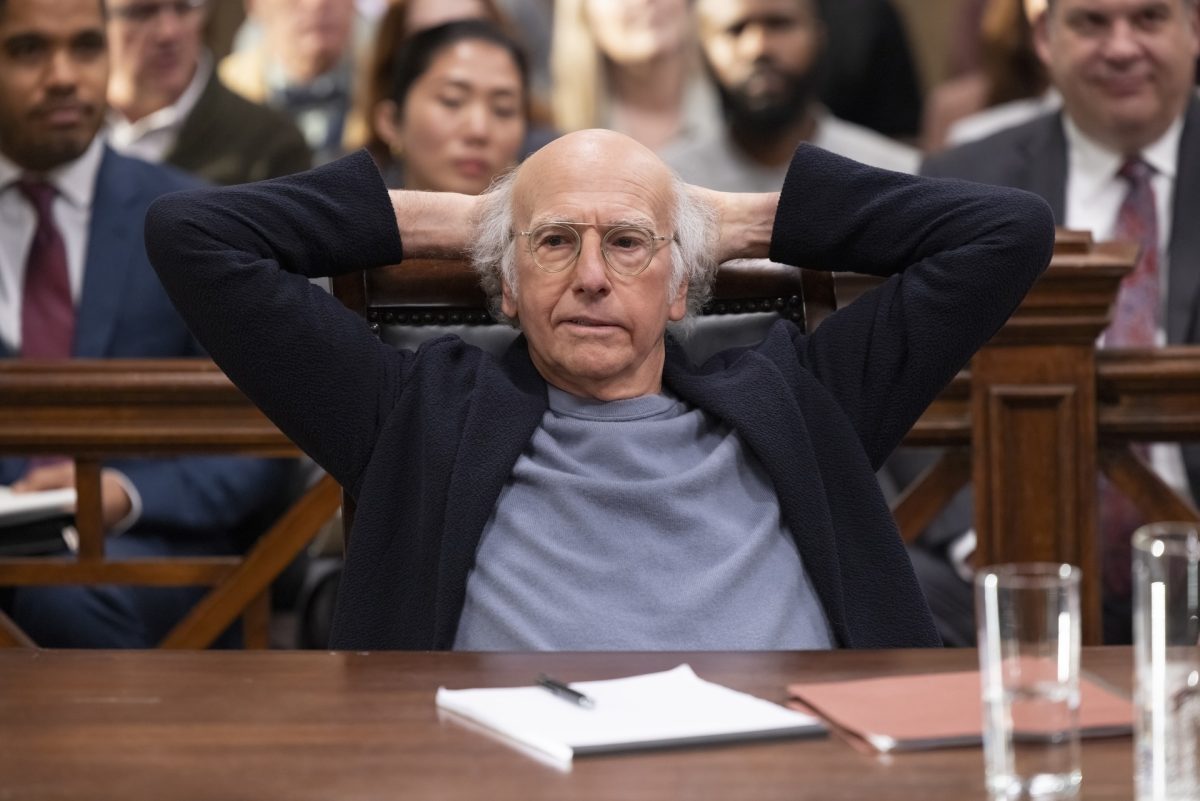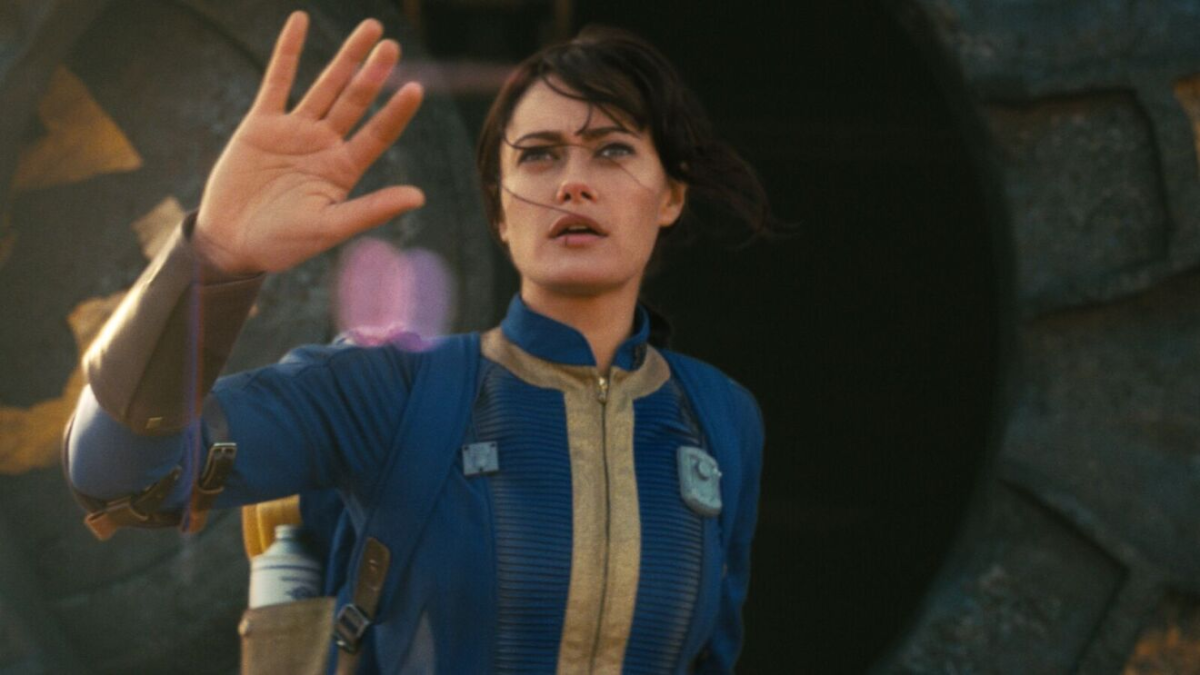“Antebellum” is a new horror film from directing duo Gerard Bush and Christopher Renz. The story follows a successful Black businesswoman named Veronica (Janelle Monáe) who suddenly finds herself trapped on a cotton plantation during the Civil War. Working with the other enslaved people, Veronica attempts to escape the time-twisting nightmare and uncover its mysteries. Set amongst dreary moonlight and harrowing hotel hallways, Bush and Renz direct a visually captivating tale that lacks a solid foundation.
In light of media like “Get Out,” “Lovecraft Country” and the upcoming “Candyman,” some critics and film fans alike have recognized the reemergence of horror films centered around the Black experience. Horror, through a fictional lens of monsters and ghouls, has always been a genre that tackles real-world issues. “Antebellum” seemed like it would be a roaring follow up to such pop-cultural milestones like “Get Out,” but turned out to be more of a whimper instead.
During the first half of “Antebellum,” audiences are presented with stories occurring in what seems to be the Confederate south, and then in modern day Louisiana. Monáe’s characters are front and center of both these sequences, alluding to a mysterious connection between the vastly different settings. Leading into the second act, it’s clear that somehow the terrifying experiences on a slave plantation are starting to interject into the present. Whether it’s an embarrassingly cliché creepy little girl in a modern hotel corridor, or a plane flying above a Civil War-era plantation, something strange is certainly going on.
Unfortunately, the film takes all of its mysterious foreshadowing and throws it down the drain with a blatantly straightforward and uninteresting twist. After a sudden kidnapping scene involving Veronica, the intriguing premise reveals its underwhelming secret. This decision not only betrays the audience, but backtracks on the visual choices and transitions used to “merge” the past and the present. What set itself up to potentially be an imaginative story about the past supernaturally bleeding into the present ends up falling flat. It doesn’t help that the eventual antagonist has paper-thin development and an almost cartoon-like performance.
Despite the narrative disaster, “Antebellum” does have a few redeeming qualities. Veronica’s best friend Dawn (Gabourey Sidibe) is an absolutely hilarious addition to the cast. Her bizarre quips during a dinner scene especially display her comedic talent. Monáe puts on a ferocious and confident performance as both Veronica and Eden, trapped within a poorly-written story.
In terms of scares, “Antebellum” doesn’t offer much in the traditional horror film sense. Instead, it frequently portrays violent and brutal acts of punishment towards the enslaved characters, presenting a different kind of horror. While these sequences are not glorified, they are extremely heavy and disturbing. Such reenactments from this time period must be approached with an immense amount of care due to their historical relevance and sensitivity. With such weak writing overall, the sequences don’t do justice to such a heavy theme.
“Antebellum” fails to effectively tackle social themes it tries to address using horror, and ultimately leaves viewers unsatisfied.
2.5/5





















